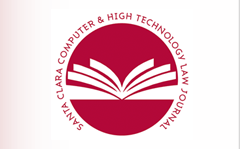Abstract
Determining damages is an integral stage in the patent litigation process. Since 1970, reasonable royalty damages have been calculated using the factors set forth in the seminal decision Georgia-Pacific Corp. v. United States Plywood Corp. However, these factors are prone to manipulation and abuse by damages experts. To address this abuse, damages experts have utilized a solution to a two-person bargaining situation, the Nash Bargaining Solution (NBS), as a method to calculate reasonable royalty damages in patent infringement cases. Since the introduction of NBS in patent infringement cases, courts have been reluctant to admit the use of the NBS to calculate reasonable royalty damages because damages experts often fail to apply the specific facts of the case to their calculations or adequately explain the NBS.
This article argues that courts should allow the use of the NBS by damages experts as a viable method to calculate a reasonable royalty in patent infringement cases, despite recent backlash at the Federal Circuit Court of Appeals. First, the NBS, if properly used, adequately applies the facts of each specific case to its analysis. Second, the NBS is grounded in sound, unmanipulable economic theory that can be adequately explained. Finally, the NBS is more impartial than the Georgia-Pacific analysis.
Recommended Citation
Lance Wyatt,
Keeping Up with the Game: The Use of the Nash Bargaining Solution in Patent Infringement Cases,
31 Santa Clara High Tech. L.J. 427
(2015).
Available at: https://digitalcommons.law.scu.edu/chtlj/vol31/iss3/2
